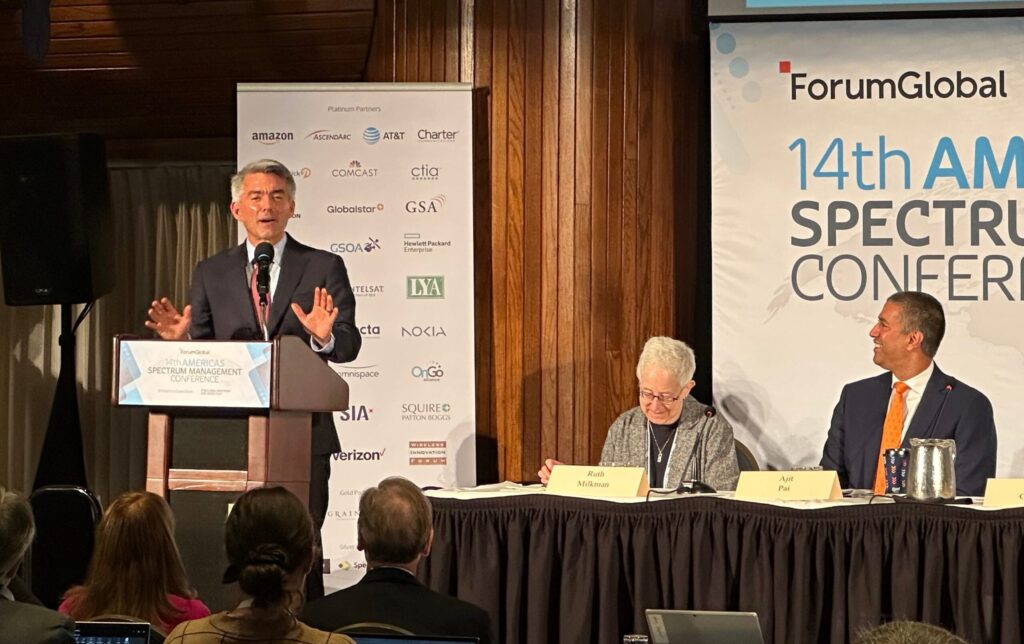Earlier this month, in response to the President’s call for the development of a National Spectrum Strategy, NCTA offered our view of how America should develop a balanced plan that seeks to increase spectrum access for all users. In comments to the NTIA, we stressed the importance of adopting a strategy that enables additional uses of spectrum and protects consumers’ use of certain bands that currently enable them to receive television programming.
Spectrum is a critical element for service providers to meet consumers’ escalating demand for seamless connectivity to all of their devices, no matter where they are located. That’s why we recommend that NTIA make increased supply of both licensed and unlicensed spectrum core to the National Spectrum Strategy, and consider unlicensed applications such as Wi-Fi that can advance the goals of the Presidential Memorandum, while also recognizing the importance of existing uses of spectrum. Opening the 5.9 GHz band for unlicensed use will help to deliver better Wi-Fi services and to continue the innovation and economic growth that Wi-Fi has ignited. At the same time, the 3.7 GHz and 6 GHz bands, together known as the “C-Band”, already today help to deliver television programming to hundreds of millions of Americans.
To understand the critical role that spectrum plays in Americans’ lives, it’s important to have some context on the technology and services that travel its path. The first is Wi-Fi – the impact this technology has had on consumers and the U.S. economy is astounding. Wi-Fi contributes $500 billion annually to the economy, and according to Cisco’s Visual Networking Index forecast, Wi-Fi will account for almost 57 percent of internet traffic by 2022. From healthcare to home security to connected education, Wi-Fi has improved the daily lives of Americans who can access services that are important to them—whether at home, in hospitals, schools, hotels, or in various types of facilities and communities.
Then there’s fixed wireless technology, which utilizes both licensed and unlicensed spectrum. Fixed wireless is an alternative way to deliver internet services to people in rural areas in particular.
And as mentioned previously, C-Band spectrum is used extensively today by cable operators and programmers to provide millions of consumers with television programming. New uses of this band could interfere with content delivery and leave television consumers looking at blank screens if there is not a careful process to ensure that existing uses are protected.
In light of all of these consumer and economic realities, we urge NTIA to consider a spectrum policy approach that opens up access to bands for increased spectrum access and recognizes and protects services delivered by spectrum bands that are heavily used by cable’s millions of customers. The best path forward is one that allows for these services to continue to expand as consumers’ demands for connectivity and TV increase.
The development of a National Spectrum Strategy is a good step forward. It will produce real results for American consumers if it takes a balanced approach towards crafting a policy that recognizes the importance of licensed and unlicensed; fixed and mobile; and new and existing uses of spectrum, while providing protections for the delivery of programming to millions of American homes.








